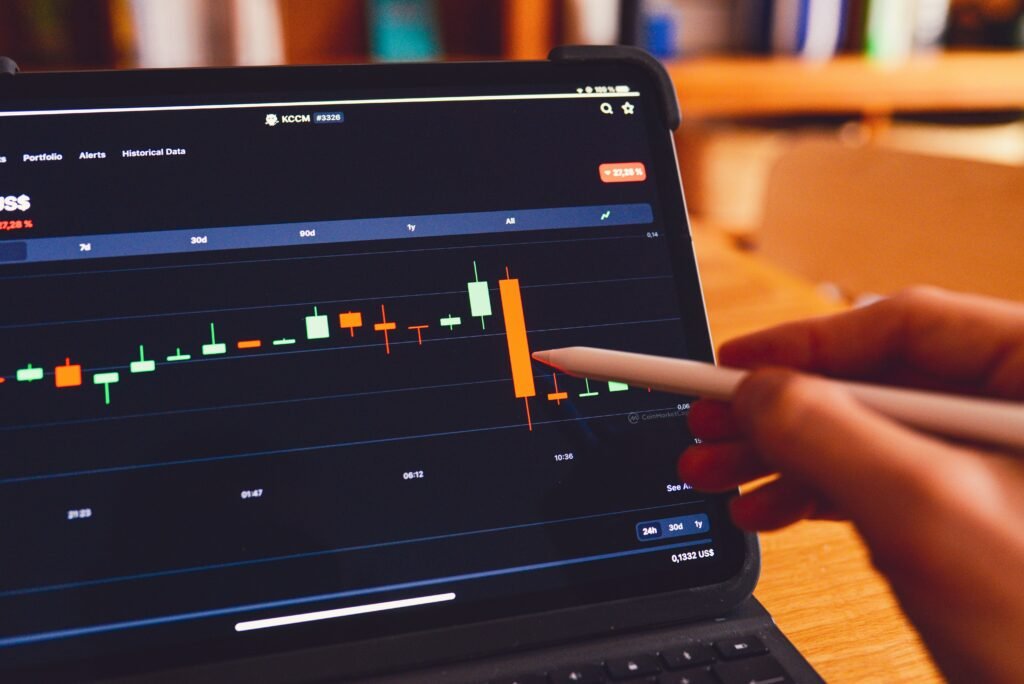Gemini ipo details
The Gemini IPO was priced at $28 per share immediately before Nasdaq trading began. The deal will list under the ticker GEMI on the Nasdaq Global Select Market. Investors pushed the offering well above the initial $17–$19 range. The sale primarily benefits sellers through secondary sales rather than sending fresh capital to Gemini. Ongoing CFTC regulatory scrutiny and past legal actions add complexity for investors.
Nasdaq GEMI listing
Trading opens on the Nasdaq Global Select Market under GEMI when the bell rings. This Gemini IPO timing affects settlement windows, market makers, and investor plans. The offering’s final close date is targeted for September 15, 2025, with normal settlement procedures. Underwriters hold a 30-day over-allotment option to buy extra shares. That option can moderate early volatility if demand stays high.
28 per share pricing
Strong investor demand pushed the Gemini IPO price to $28 per share. That outcome beat expectations and surprised market watchers. Gemini has reported large net losses in 2024 and the first half of 2025, raising profitability questions. Trading fees still generate roughly 70% of revenue, leaving earnings sensitive to market volume. Market participants will price future earnings and cash runway into valuation models.
Secondary sales explained
Unlike many IPOs, proceeds from the Gemini IPO will primarily go to selling shareholders. Gemini the company will not directly receive the bulk of cash raised. That structure focuses attention on who sells at $28 per share and when lock-up periods end. Secondary sales can limit new capital for growth or product investment. Investors should track insider selling and changes in ownership concentration.
CFTC regulatory scrutiny
Regulatory headlines matter for the Gemini IPO, given prior CFTC legal action in the industry. CFTC regulatory scrutiny and broader enforcement trends will shape the firm’s compliance costs. The political visibility of the Winklevoss twins elevates media and regulator interest. Any settlement or resolution could materially affect valuations. Watch regulatory filings and enforcement updates closely.
Winklevoss twins influence
The Winklevoss twins’ visibility will shape narrative after the Gemini IPO. Their public positions and prior political support can shift investor sentiment. Governance disclosures, conflicts of interest, and founder lock-ups will be reviewed by analysts. Founder selling in secondary sales may signal personal diversification. Institutional support or opposition will guide the early aftermarket.
Over-allotment option
Underwriters can exercise an over-allotment option after the Gemini IPO if demand warrants. That 30-day greenshoe permits extra share issuance to stabilize price. If exercised, supply increases and immediate post-listing volatility may fall. Investors should watch whether underwriters buy additional shares. A fully exercised option would indicate sustained appetite at $28 per share.
Digital asset trading outlook
The Gemini IPO offers exposure to a major digital asset trading platform while carrying clear risks. Investors gain access to fee-based revenue tied to trading volumes and product adoption. Regulatory uncertainty and prior losses create potential downside for short-term holders. For traders and long-term investors, this listing tests appetite for regulated crypto incumbents. Liquidity trends and competitive dynamics will determine market positioning.
Gemini ipo background
The Gemini IPO follows months of rumors, filings, and high-profile positioning by founders. The IPO structure emphasizes secondary sales and limits fresh operational capital. Market demand drove the final $28 per share pricing well above initial guidance. Analysts will compare GEMI to other crypto-related public listings for valuation benchmarks. Overall, the Gemini IPO will be a key test for crypto listings.
Frequently asked questions about Gemini ipo (faq)
What is the Gemini ipo?
The Gemini IPO is the stock offering that lists Gemini on Nasdaq under ticker GEMI. The Gemini IPO priced at $28 per share and represents secondary sellers.
Will Gemini receive proceeds from the offering?
No. Most proceeds from this Gemini IPO flow to selling shareholders through secondary sales, not to the company for operations.
What key risks affect the Gemini ipo?
Regulatory risk, including CFTC regulatory scrutiny, is primary. The Gemini IPO also faces risks from past net losses, revenue concentration in trading fees, and market volatility.
When will GEMI finalize trading and settlement?
The Gemini IPO pricing occurred before trading, with a targeted close date of September 15, 2025. Underwriters have a 30-day over-allotment option to adjust share supply.
Sources to this article
Gemini (2025) ‘Prospectus and S-1 filing for GEMI’ (Press release). Available at: https://www.gemini.com (Accessed: 12 September 2025).
Nasdaq (2025) ‘Nasdaq Listing: GEMI’ (Press release). Available at: https://www.nasdaq.com (Accessed: 12 September 2025).
Commodity Futures Trading Commission (2024) ‘Enforcement actions and filings’ (Official release). Available at: https://www.cftc.gov (Accessed: 12 September 2025).



